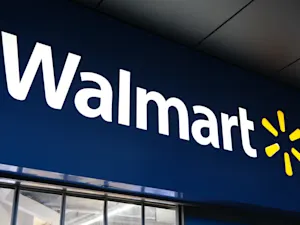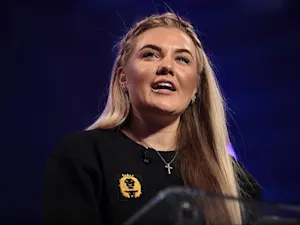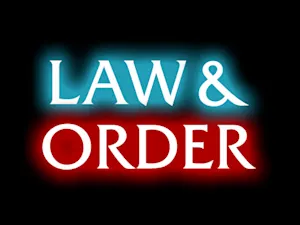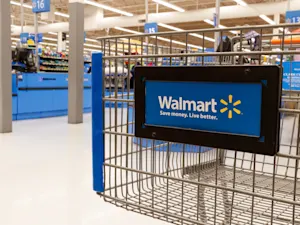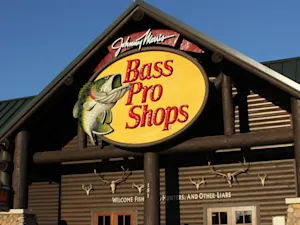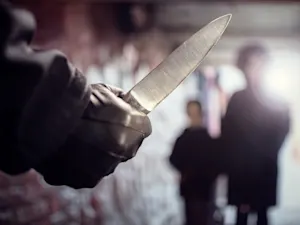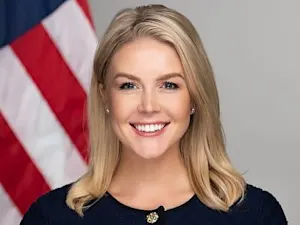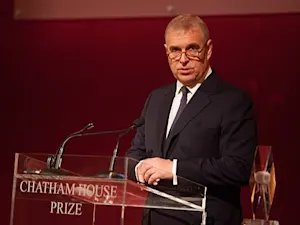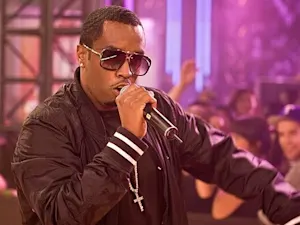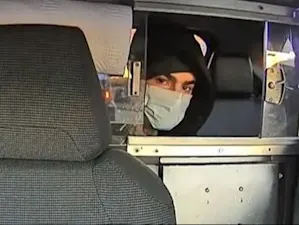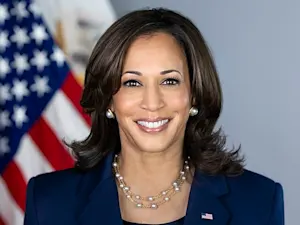
The 78,000 Cattle That Never Existed
In a scheme that has rocked the agricultural community, Kentucky farmers and investors have been left reeling after discovering that over 78,000 cattle they believed they owned never existed. This audacious scam, which has resulted in more than $100 million in losses, is one of the most shocking cases of agricultural fraud in recent memory.
Initial Success Fuels Investor Confidence
The elaborate cattle fraud scheme came to light when a prominent agriculture lender began to question the legitimacy of their investments in what was supposed to be a thriving cattle business. Cattle farmer Brian McClain started seeking investors for his cattle business six years ago, promising a staggering 30% return on investment. Initially his investors received a large return, making McClain Farms Inc. look like a lucrative cattle operation. However, the reality was far from what they were led to believe, the investors were actually paid with borrowed money and their so-called "cattle" were nothing more than ghosts.
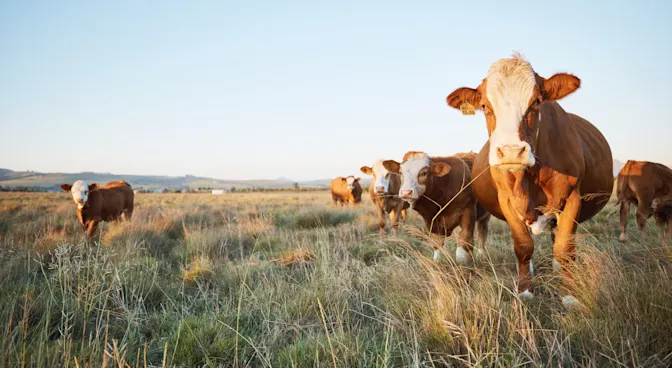
Investigating the Suspicious Cattle Numbers
Rabo AgriFinance® began its financial involvement with McClain Farms Inc. in 2018, providing four separate payments between 2018 and 2023 that collectively amounted to $332,500. By December 2022, McClain Farms was reportedly managing close to 90,000 cattle, with a claimed value of $100 million. This valuation came just before Rabo approved a final loan of $54 million in January 2023. At that point, Rabo began to suspect that something was amiss with McClain's operations and initiated an investigation into the business. They dispatched a collateral inspection team to verify the number of cattle at the Kentucky site and two locations in Texas. By April, the inspection revealed that there were fewer than 11,000 cattle across all three locations.
In addition to the major agricultural lender, many of McClain's local friends and neighbors were also invested in his operation. They were stunned to learn that someone they deemed trustworthy had deceived them, making them believe their cattle were being raised, sold, and generating profit – when in reality, the cattle didn't exist.
The Aftermath
Fortunately, unpaid livestock sellers might find protection under the Packers and Stockyards Act of 1921, which mandates that all livestock purchased in cash sales and their proceeds be held in trust for the benefit of unpaid sellers. The United States Department of Agriculture, Agricultural Marketing Service (USDA-AMS), advises those owed by McClain's businesses to file Dealer Trust claims promptly.
Brian McClain tragically took his own life as the investigation into his fraudulent activities intensified. His suicide has left his family and community in shock, adding another layer of tragedy to the unfolding scandal. Many are grappling with the impact of his actions, both financially and emotionally, as they try to make sense of the devastation left in the wake of his death.
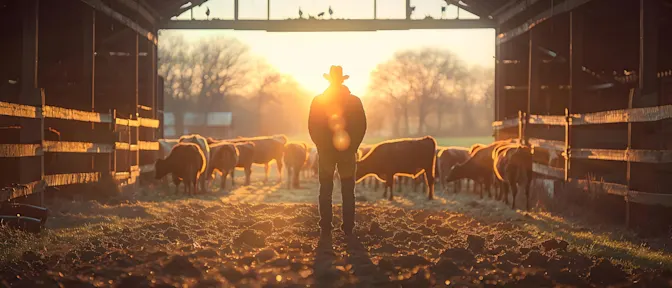
The unraveling of Kentucky's 78,000 ghost cattle scheme is a sobering reminder of the bold lengths some will take to defraud hardworking people. For now, the Kentucky cattle scam serves as a cautionary tale about the dangers of too-good-to-be-true investment opportunities.
References: Local cattle scheme costs more than $100 million to local farmers and investors | Kentucky Cattle Scheme With 78,000 Ghost Cattle Unravels



